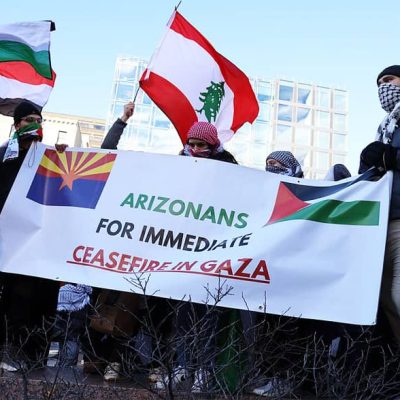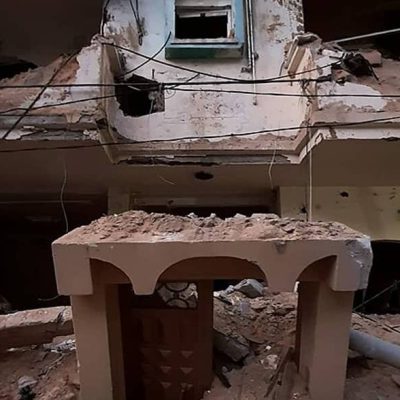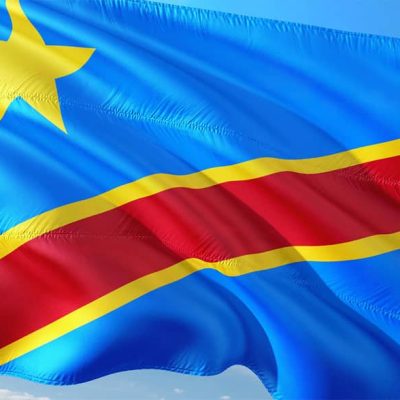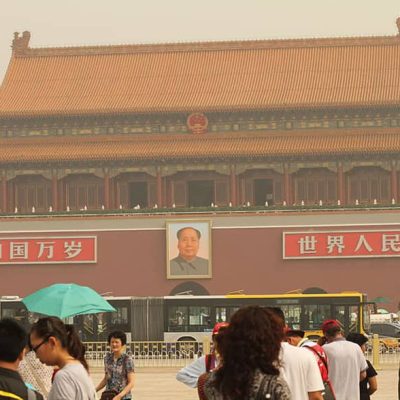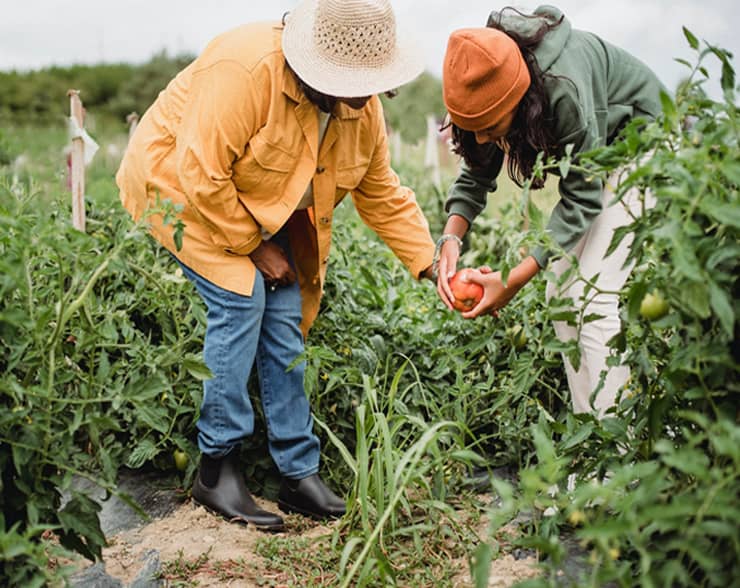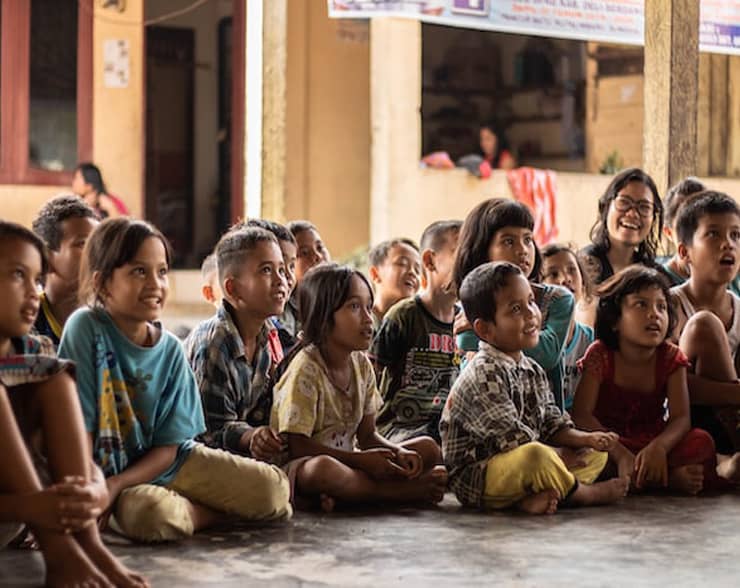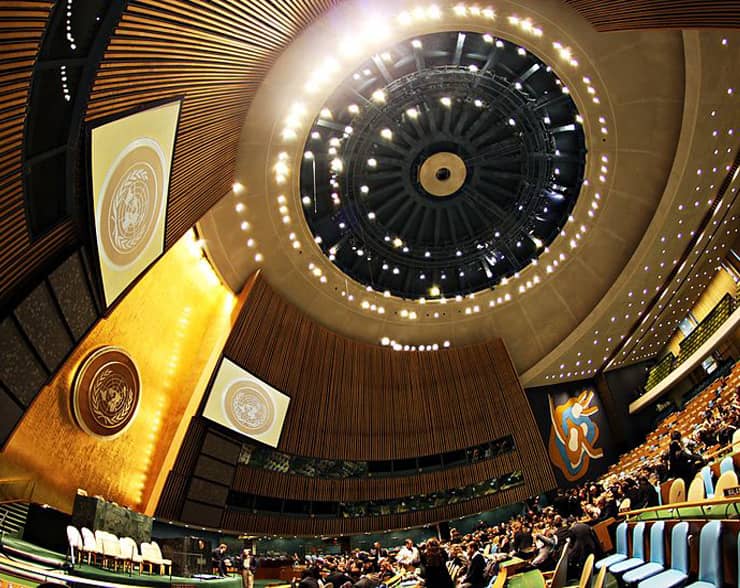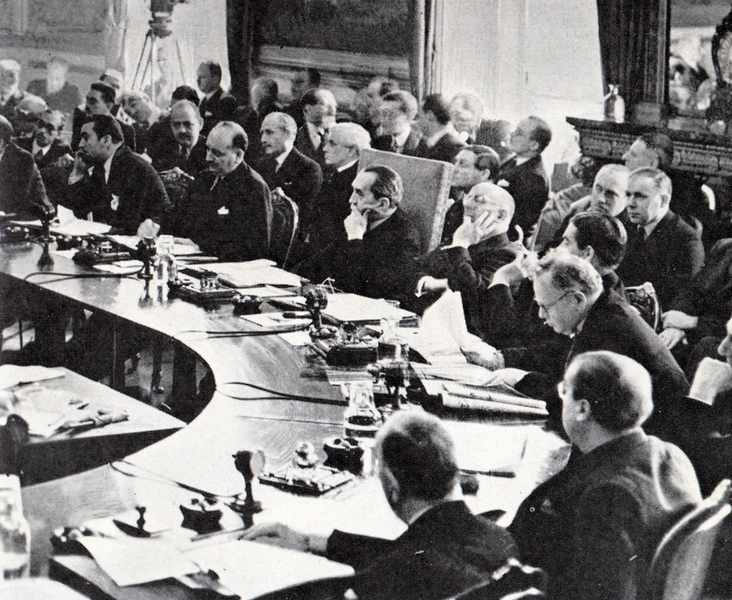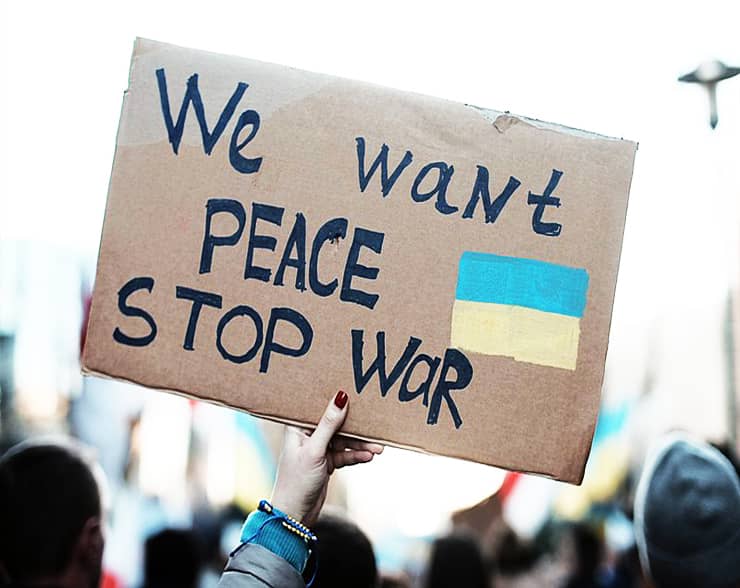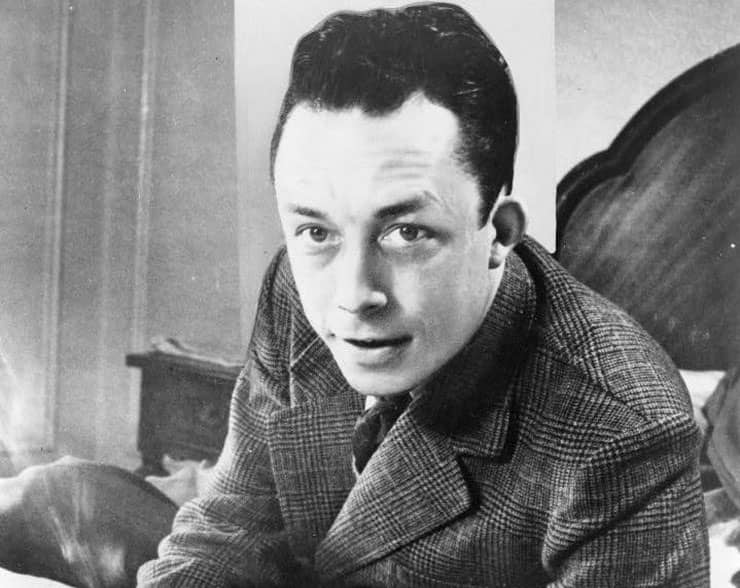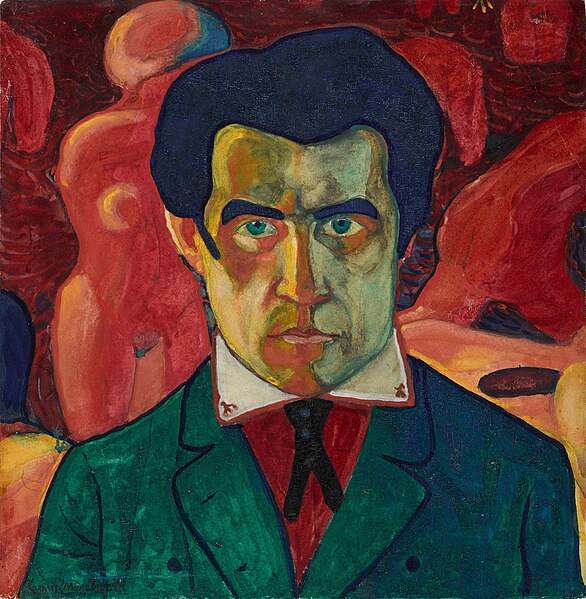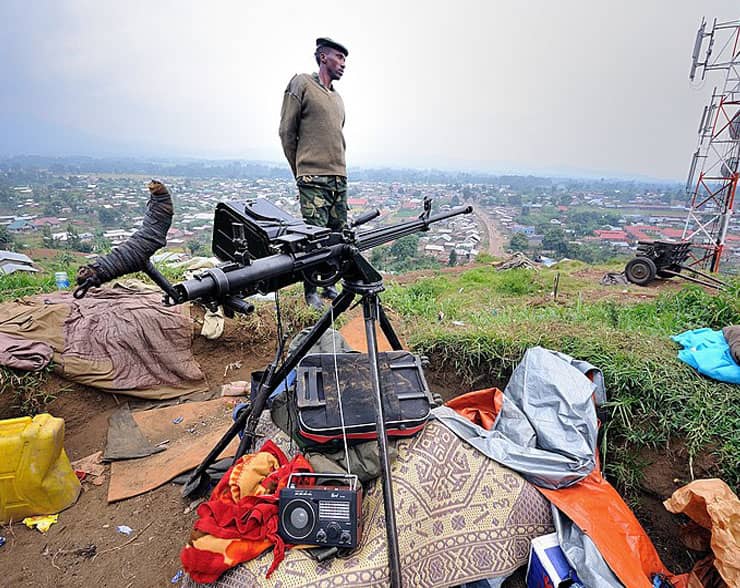 Appeals
Appeals
Democratic Republic of Congo: Increasing Tensions and Danger of…
Featured Image: Movement militiamen M23 and Type 85 heavy machine gun. By Al Jazeera English, CC BY-SA 2.0 <https://creativecommons.org/licenses/by-sa/2.0>, via Wikimedia Commons.
Despite the presence of some 14,000 United Nations peacekeepers (Monusco) in the Democratic Republic of Congo (RDC), instability continues to grow, especially in the North Kivu area at the frontiers with Rwanda and Uganda.
Le Mouvement du 23 Mars (M23).
Recently, there have been violent demonstrations against the U.N. forces accused by some of an unwillingness to fight actively against anti-government armed militias especially Le Mouvement du 23 Mars (M23) in North Kivu. The governmental authorities of the RDC have accused the government of Rwanda of giving support to the M23. Rwandan army personnel are said to be active in raids along with M23 troops. There have been reports by both Amnesty International and Human Rights Watch making the same accusations based on interviews with witnesses and victims. Tensions between the governments of RDC and Rwanda are growing, and there is a danger of a spillover impact with people using violence on their own. The RDC government has been creating its own armed militias in North Kivu but with little control over their activities.
The situation in RDC.
The United Nations Security Council is to take up a report of U.N. experts on the situation in RDC, but it is difficult to see what more can be done. The Security Council has no operational control over the Monusco peacekeepers. The U.S. Secretary of State Antony Blinken was in both RDC and Rwanda from 10 to 12 August 2022 and no doubt urged calm and cooperation. It is unclear what else the U.S.A. may have proposed or be willing to do.

This is the official State Department photo for Secretary of State Antony J. Blinken, taken at the U.S. Department of State in Washington, D.C., on February 9, 2021. [State Department Photo by Ronny Przysucha/ Public Domain]. By U.S. Department of State, Public domain, via Wikimedia Commons.
Now is the time for concerted action among non-governmental organizations and the U.N. system.
The already unstable and complex situation is likely to become more unstable unless there are strong measures by civil society organizations in RDC, Rwanda, and Uganda. Such civil society action has been weak or lacking in the past. Now is the time for concerted action among non-governmental organizations and the U.N. system. Churches and other religious-based groups are probably the only civil society organizations structured to act relatively quickly before the wave of disorder grows.
René Wadlow, President, Association of World Citizens.

President, Association of World Citizens (AWC).
Estudied International relations in The University of Chicago.
Estudied Special Program in European Civilization en Princeton University
Here are other publications that may be of interest to you.
Burma’s Crumbling Junta
February first marked the anniversary of the military coup which overthrew the government of Aung San Suu Kyi in 2021. She was in practice the leader of the government but…
Preventing the Expansion of the Gaza Conflict: Are Peace Brigades a Possibility?
Antony Blinken, the U.S. Secretary of State, has been again in the Middle East working to prevent the violence of the Gaza Strip of spreading to much of the area. …
World Citizens Call for an Inmediate End to Hostilities between Israel and Hamas, and for a Genuine Peacebuilding Effort in the Middle East.
Featured image: The impact of the Israeli bombing on a civilian building in Gaza (2021). By Osama Eid, CC BY-SA 3.0 https://creativecommons.org/licenses/by-sa/3.0, via Wikimedia Commons. The AWC, a Nongovernmental Organization…
World Humanitarian Day: A Need for Common Actions.
Featured Image: Photo by Wylly Suhendra on Unsplash. The United Nations General Assembly has designated 19 August as “World Humanitarian Day” to pay tribute to aid workers in humanitarian service…
Peace Planners: Awake!.
Featured Image: Photo by Eddie Kopp, Unsplash. The recent NATO Summit in Vilnius is an indication that the war planning community is busy at work in the spirit of Von…
Track Two Efforts Needed to Reduce China-India Frontier Tensions.
Featured Image: Arunachal Pradesh – India. Photo by Unexplored Northeast, Unsplash. There has been a constant buildup of military forces by the governments of both India and China along their common frontiers. …
Democratic Republic of Congo: Sky Getting Darker.
Photo by jorono, Pixabay. The armed conflict in the eastern area of the Democratic Republic of Congo (RDC) on the frontier with Rwanda seems to be growing worse and is…
World Refugee Day.
June 20 is the United Nations (UN)-designated World Refugee Day; marking the signing in 1951 of the Convention on Refugees. The condition of refugees and migrants has become a “hot”…
4 June: Memories of Tiananmen Square.
4 June makes the security forces in China somewhat uneasy, especially in Hong Kong where, in the past, there were large memorial meetings tp remind people of 4 June 1989…
International Day of the Oceans.
Featured Image: Photo by Marek Okon, Unsplash. Progress on Asian Maritime Delimitations Needed. 8 June has been designated by the United Nations General Assembly as the International Day of the Oceans to…

